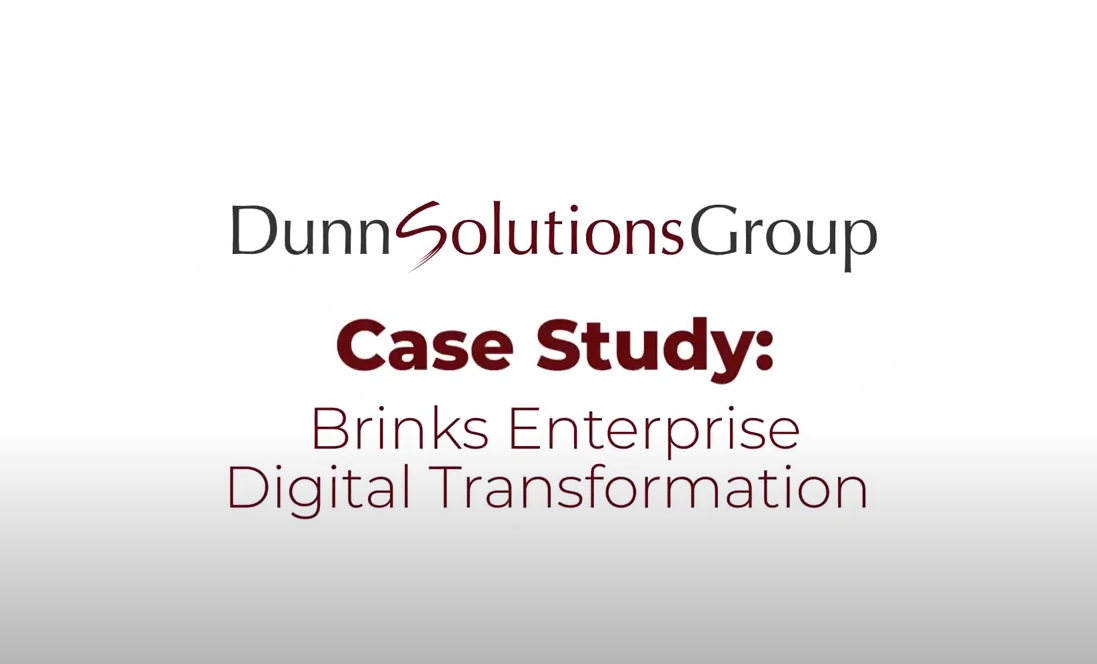1) Design the Personnel Structure
2) Update the Organizational Structure
3) Manage the Relationship Between Planned Working Time and Basic Pay
4) Configure Wage Types and Increases
5) Set up Customizing Procedures and identify Interfaces
Application Consultant
Business Process Owner / Team Lead / Power User
Data Consultant / Manager
- Essential
- HR050 Business Processes in Human Capital Management
- Recommended
- HR110 Business Processes in HCM Payroll
- 1) User Preferences
- a) Assigning User Roles
- 2) Employee Master Data
- a) Entering New Employee Data
- 3) Implementation Guide (IMG) Projects
- a) Creating Projects
- b) Executing Projects
- c) Maintaining Customizing Tables
- 4) Human Capital Management Structures
- a) Modifying the Enterprise Structure
- b) Enhancing the Personnel Structure
- 5) Organizational Structure
- a) Mapping the Organizational Structure
- b) Integrating with Organizational Management
- c) Utilizing Default Values
- 6) Additional Organizational Assignments
- a) Identifying Additional Organization Assignments
- b) Identifying the Organizational Key
- c) Configuring Administrators
- d) Confirming Employee Attributes
- 7) Features
- a) Maintaining Features
- b) Defaulting the Payroll Area
- c) Defaulting Personnel Number Ranges
- d) Defaulting the Administrator Group
- 8) Personal Data
- a) Maintaining Personal Data
- 9) Data Consistency Maintenance
- a) Linking Planned Working Time and Basic Pay
- 10) Remuneration Structure
- a) Building the Remuneration Structure
- b) Creating and Assigning a Pay Scale
- c) Creating a Pay Scale Table
- d) Defaulting Pay Scale Values
- 11) Wage Type Structure
- a) Setting Up Wage Types
- b) Outlining the Setup of Wage Types
- c) Copying Wage Types
- d) Controlling Wage Type Permissibility
- e) Configuring Wage Type Characteristics
- f) Defaulting Wage Types
- 12) Remuneration Reports
- a) Executing a Standard Pay Increase
- b) Performing a Pay Scale Reclassification
- 13) Infotypes
- a) Evaluating Infotype Attributes
- b) Customizing Screen Headers
- c) Modifying Infotype Screens
- d) Creating Infotype Menus
- 14) Personnel Actions
- a) Creating Personnel Actions
- b) Reviewing Additional Actions
- c) Configuring Personnel Actions
- 15) Dynamic Actions
- a) Triggering Follow-Up Activities with Dynamic Actions
- 16) Case Study: Configuration of Master Data
- a) Configuring Master Data
Course based on software release: SAP ERP 6.07
Course notes and announcements:
1) This course provides the essential knowledge for the configuration and implementation of the various ESS application services using different Web Dynpro technologies. You will be able to control the level of access employees have to various services.
This is a SAP CERTIFIED Course. Your course will include Full Class Delivery of the comprehensive standard SAP curriculum agendas, SAP Certified Instructor, Demonstration and Presentation, Student Hands on exercises, Access to SAP Hosted servers/training environment, and SAP Certified participant guides.
With virtual live classroom training you get comprehensive training from SAP experts using seamless over-the Web connectivity. The same content delivered in SAP's traditional "brick and mortar" classrooms is presented during virtual live classroom deliveries. As in SAP's traditional classrooms, SAP virtual live classroom stresses hands-on learning providing each registered student with exclusive access to live SAP systems throughout each course. Each Virtual Live class is taught by a SAP Certified Instructor and will include an e-book student guide for you to download and keep. CPE Credits are currently available only for publicly scheduled courses delivered live at SAP locations and our Authorized Education Partner locations. CPE Credits are not available for virtual live classroom sessions.
Not finding any suitable dates? Contact us for additional available dates: training@dunnsolutions.com



